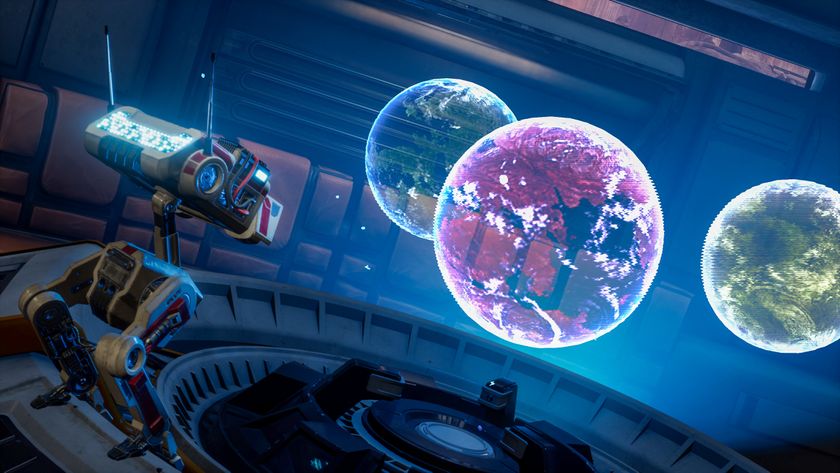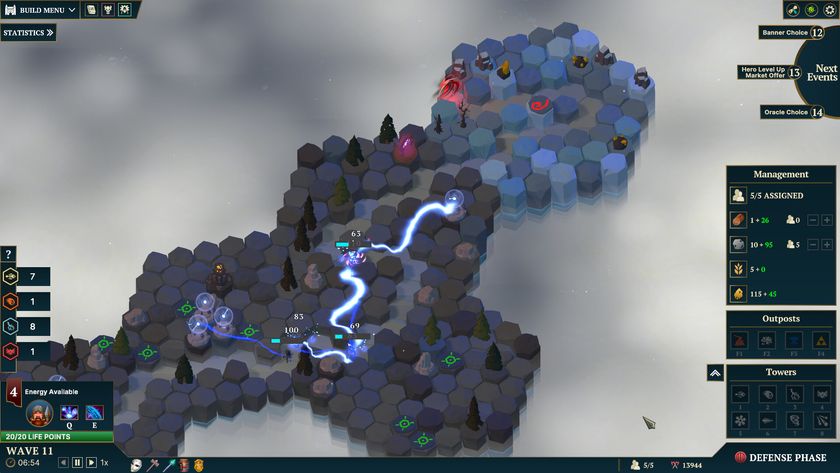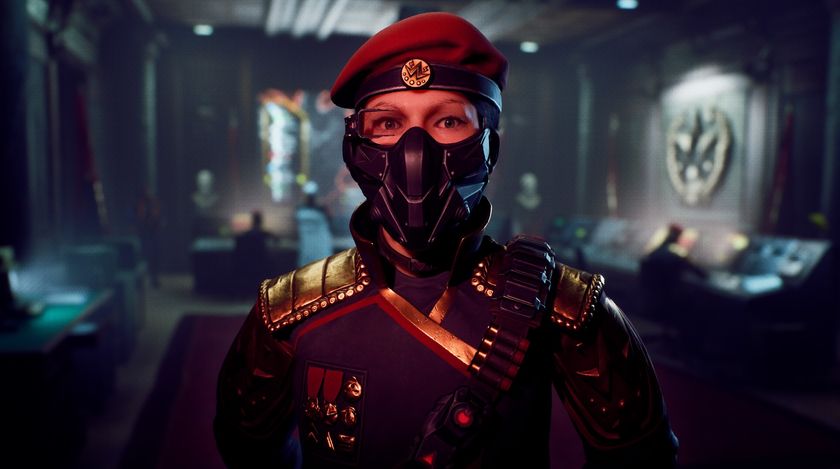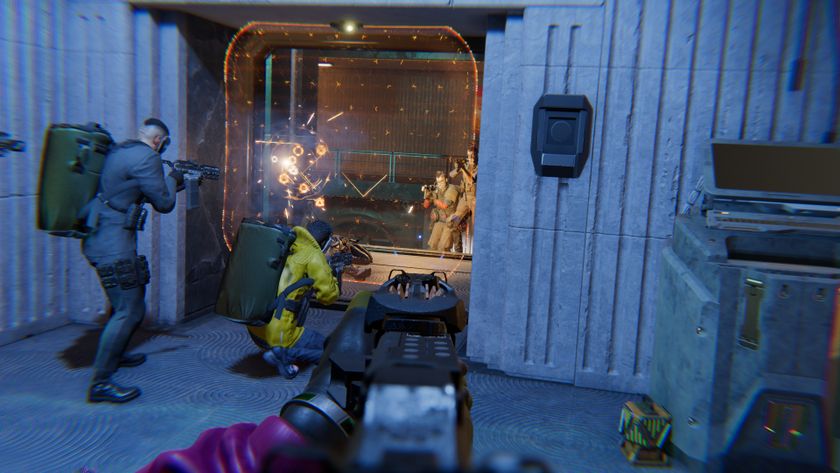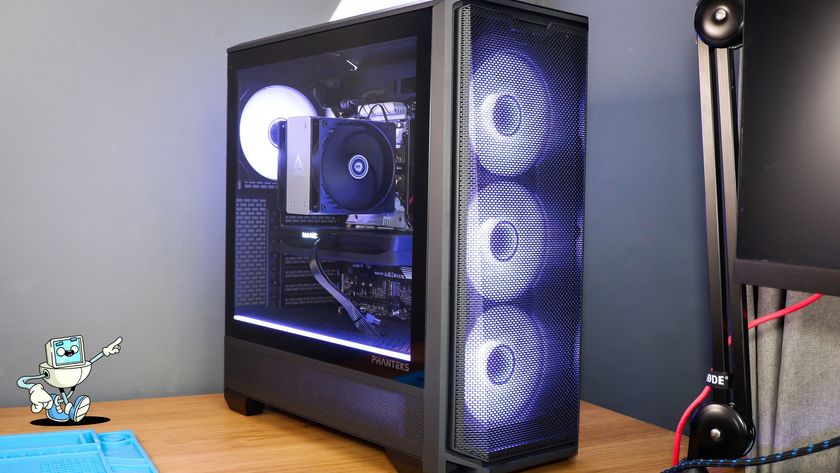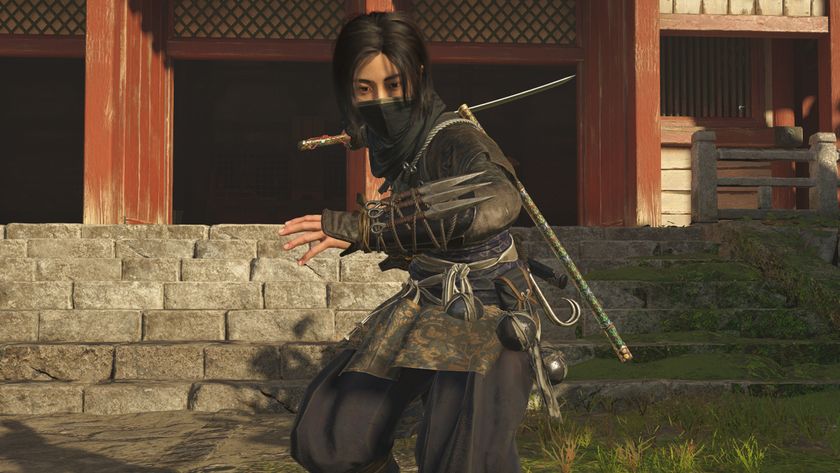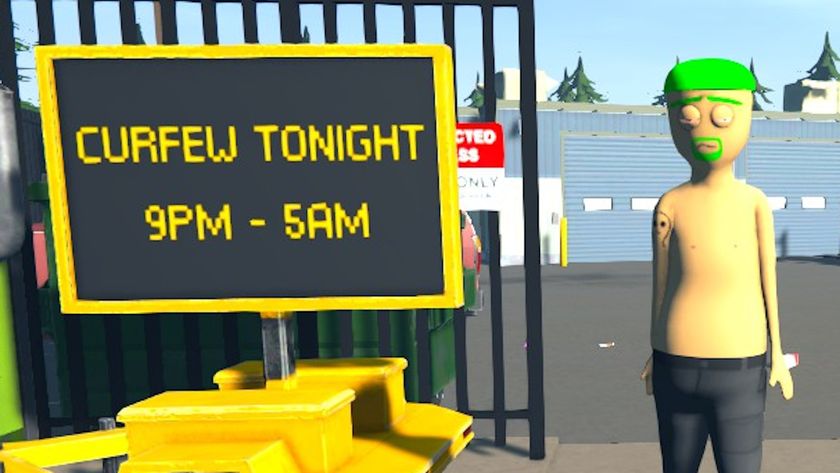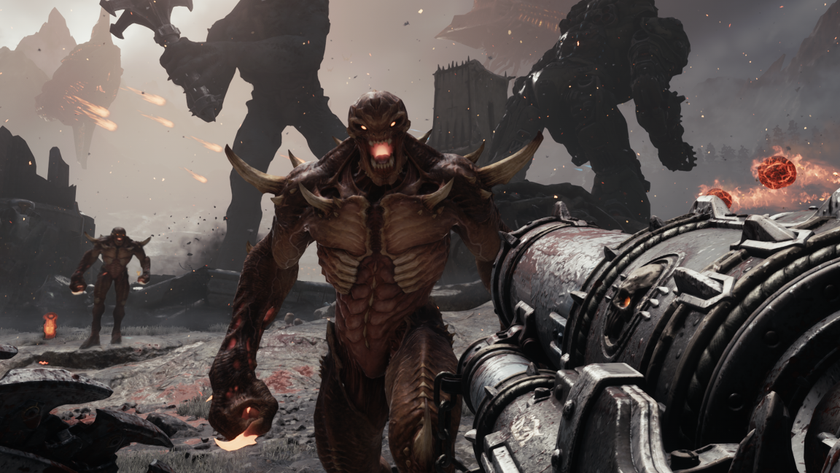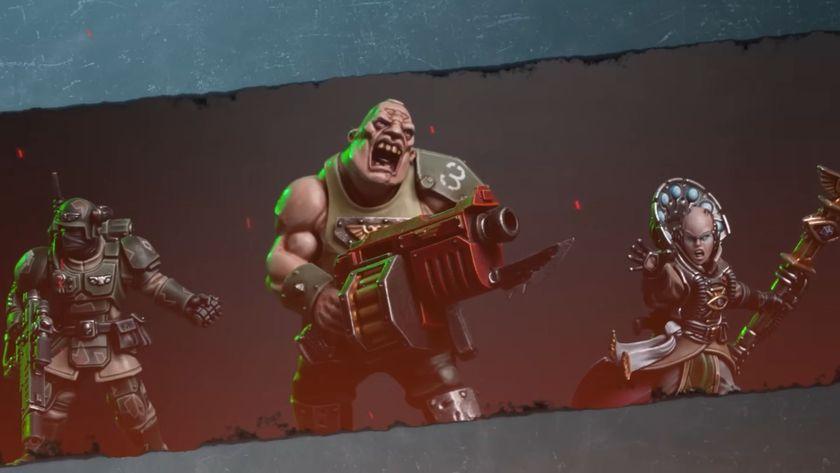Galactic Civilizations III review (Early Access)
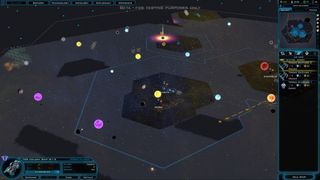
Alpha and Early Access reviews offer our preliminary verdicts on in-development games. We may follow up this unscored review with a final, scored review in the future. Read our full review policy for details.
Version Reviewed: Beta—0.40
Reviewed On: Intel i7, 8GB RAM, 2GB video card
Recommended: Intel i5, 6GB RAM, 1GB video card, 64bit Windows 7/8.1 (64-bit only)
Price: $50 / £30
Publisher / Developer: Stardock Entertainment
Multiplayer: 4 player, online, competitive (for now)
Link: Steam store page
The galaxy's not very civilised at the moment. Admittedly, when it's shared with the likes of the Drengin, that's probably not going to change any time soon, but in the new Galactic Civilizations III beta, you enter a universe where diplomacy literally doesn't exist. It's a somewhat odd experience when you play like I do—aiming to establish empires based on mutual trust, brotherhood, and backstabbing with a comfortable advantage. Here though, right now, if you see an alien ship, it's guaranteed to go for the throat, so you have to hit it faster. Not literally of course; the game's entirely turn based.
It's also very familiar if you've played GalCiv 2, only with much more polish, a cleaner interface, and a whole new universal scale made possible by ditching 32bit PCs entirely—while the beta is pretty limited, the full version promises “thousands of stars” and “hundreds of empires.”
As ever, it's about starting with a single planet and a couple of ships, and expanding out through empty space and enemy territories alike, with progress this time represented in the passage from the Age of Expansion through to the Age of War and finally the Age of Ascension, a little like Civilization, only with no pesky spearmen trying to fight your spaceships. These ages gate progress through the technology tree, but not always at the same places. The evil Drengin, for example, get to launch planetary assaults while everyone else is still gearing up, and have a tech tree full of talk of 'slavelings' and 'food races.' Diplomacy means meeting “enough species now to finally figure out what they mean when they flap their mouth parts.” And that is? “It turns out they were pleading for their lives.” Of course.

Even without everything switched on, the improvements and tweaks on the civilisation side are welcome. The newest big additions are Ideologies; a little like the Affinities of Civilization: Beyond Earth, only without the costume changes. They take the form of three trees full of boosts that can be purchased with points, split between Benevolence, Pragmatism, and Malevolence. A Pragmatic society can spend these points to prevent anyone declaring war on it for a hundred turns, while a Malevolent (or Merciless; to judge from other bits of the UI, Stardock hasn't decided which yet) one can instantly give all planets a fully armed ship, or many other potentially game changing moments.
You don't have to just pick one tree either. The points are earned individually, presumably with diplomatic consequences, by making moral decisions—one, for instance, involving natives of a newly snatched up planet worshipping an alien artefact, with the choice to leave it be, politely scam them out of it, or… well… “Kill the god, then tell them we did it. Mount part of it on a spike outside our colony.”

This is, of course, just part of how the sides can now distinguish themselves. Each one has its own tech tree intended to represent them, as well as little tweaks like the Drengin running sinister work camps instead of having regular factories, and all of it with the classic GalCiv tongue-in-cheek presentation. The less evil races seem to share descriptions so far, but that doesn't mean they don't get to have any fun here. The human Nightmare Torpedoes, for instance, cause “horrible damage to anything foolish enough to be standing next to a place we're firing something called Nightmare Torpedoes at.” Who wouldn't want a slice of that action?
The biggest gaming news, reviews and hardware deals
Keep up to date with the most important stories and the best deals, as picked by the PC Gamer team.
The other big addition in this beta is the ship designer, which expands on the GalCiv 2 method of adding elements to hardpoints by animating them in situ; rotating, scaling, and moving parts on all three axes and at a custom offset. It's also possible to group them, allowing for details like drones flying around ships or an engine pulsing, as well as save templates of individual components and full designs for later games. As before, most components are purely cosmetic, but it's a good idea to remember to add on things like 'engines' and 'weapons' too. Especially, as said, since Diplomacy isn't in yet. Or the combat viewer that will show them off. Or indeed, many of the races to use them against. Or Trade.

And that's really the thing to be aware of. GalCiv looks to be heading very much in the right direction, but it's far from being a full game yet—the first thing you see on loading is a warning that Stardock is still seeking “that elusive 'fun' thing we've heard so much about” and building the skeleton to flesh out with delicious meat goo. You can colonise planets and build a space empire, but there's not a lot to actually do with it then, and the galaxy is lonely when your only visitors are going to be unwelcome guests and your only way of greeting them is with hot plasma or low-fat plasma substitute.
While this version is being sold as a beta, it's really an early alpha by my definition—one with likely months to go before all the core systems are even implemented, never mind in a state to truly judge whether or not they live up to the series' well-deserved reputation as the best space-based 4X around… at least on this side of Orion. The future looks bright though, even if the present is a little empty.
Verdict
Definitely on the right path and playable to a point, but the lack of core mechanics like Trade and Diplomacy make it tough to recommend jumping in yet.
Outlook
Good. The pieces in place so far feel sturdy and well-implemented, and the charm and appeal of GalCiv is definitely there. There's still a long way to go before its planned launch in Spring 2015, but it's not looking like fans are going to be disappointed.
